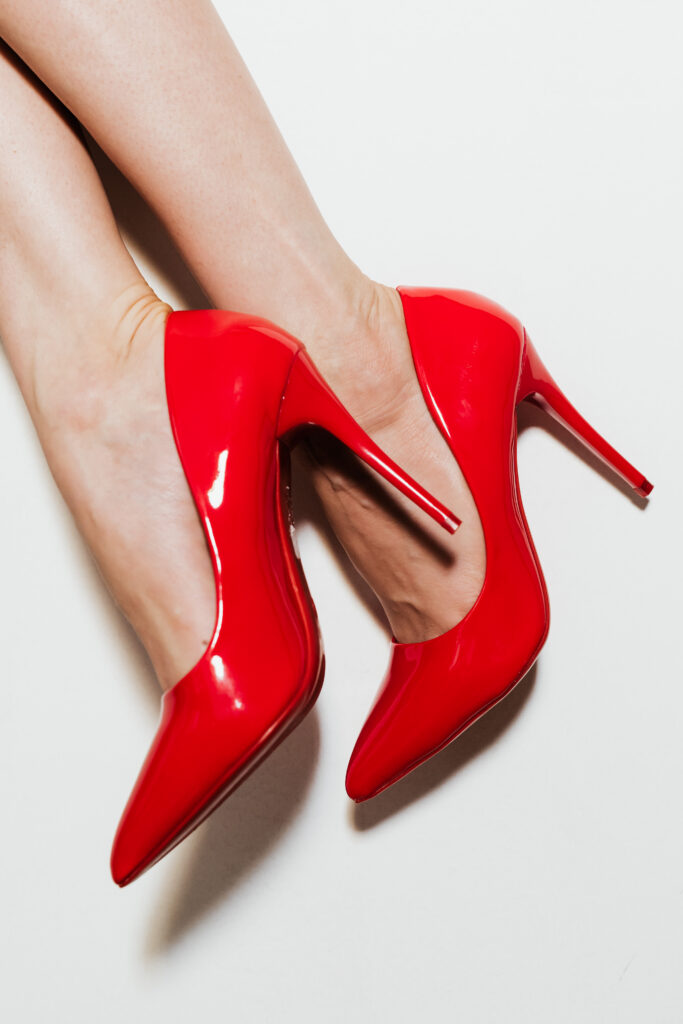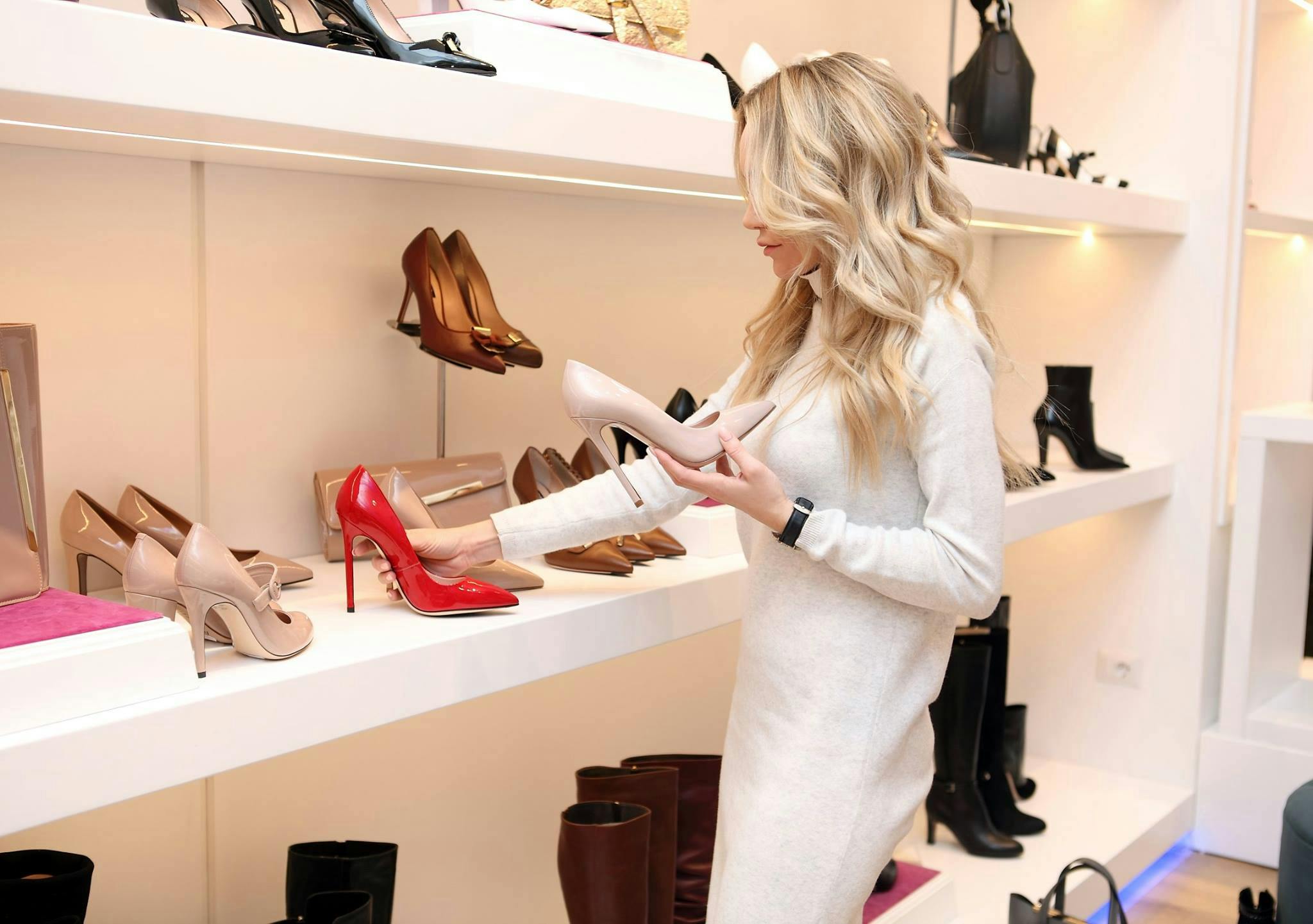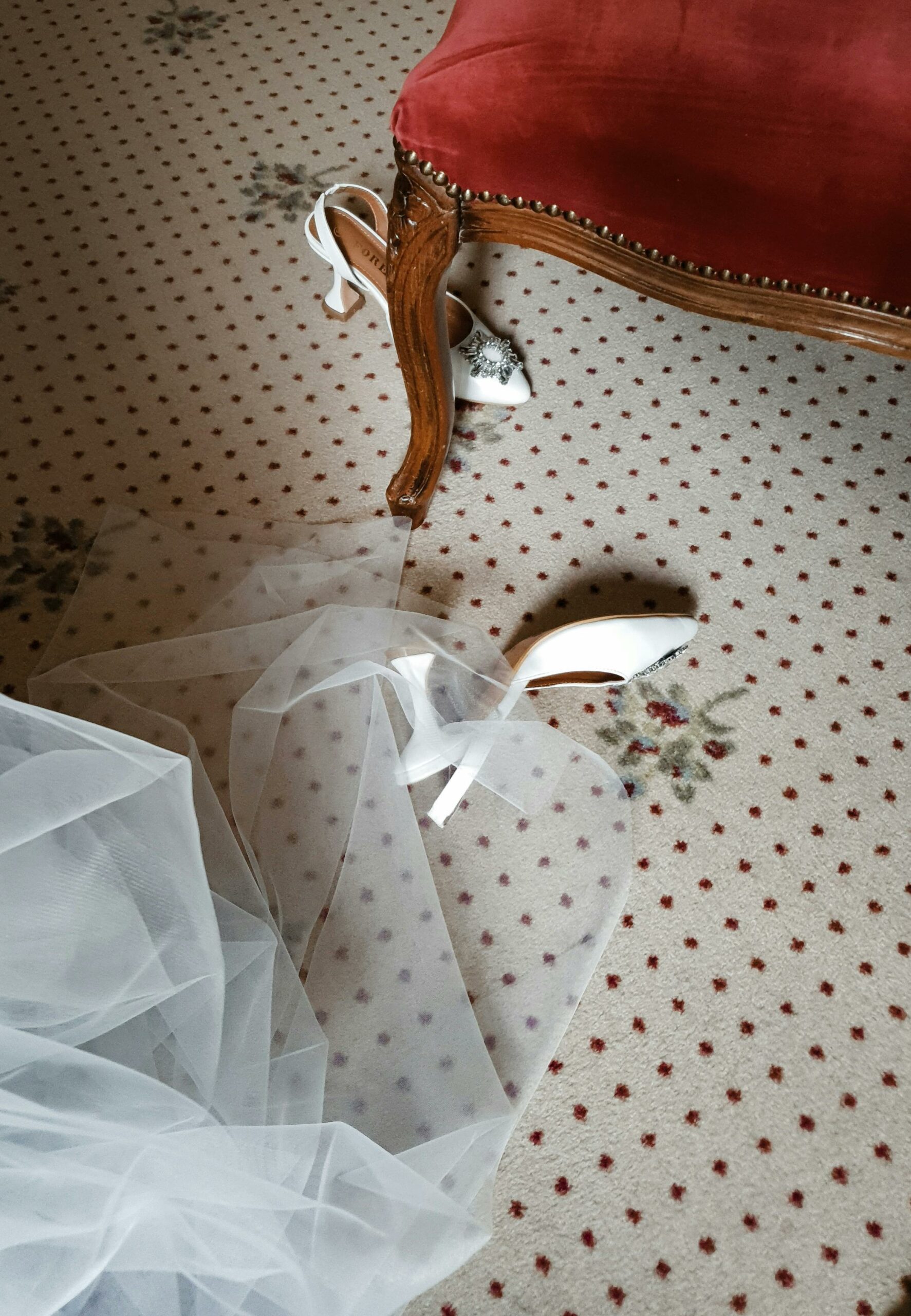Due to a lack of awareness about foot anatomy and health, some rather doubtful claims rule the footwear market.
Unfortunately, these misconceptions mislead consumers into believing that they’re spending a fortune on the best shoe for their humble feet.
It’s about time the truth be told.
Let’s bust the seven common myths about feet and footwear.

#1 All New Shoes Will Feel Uncomfortable At First
When you try new shoes at the store and make a grim face, the expert shoe seller might try to convince you by saying, “These shoes are new. After you’ve worn them a couple of times, they’ll feel comfortable.”
Here’s an honest piece of advice. Never fall for such misstatements!
Don’t choose style over comfort assuming the shoes will fit well eventually. Except for leather shoes, all other shoes and footwear should fit well even at your first trial.
#2 You Should Always Buy Footwear with Cushioning
Cushioned footwear seems to be trending high among online shoppers. You might even come across advertisements claiming cushioned shoes and sandals are an absolute must for everyday wearing.
While the idea that a cushioned footbed is good for your feet may appear logical, it’s quite far from the truth.
Cushioned footwear is ideal for active lifestyles and high-impact sports. But in the normal course, our feet need firm support instead of soft cushioning. If you’re looking for casual footwear, we strongly recommend arch support sandals by Footlogics.
#3 You Can Share Footwear
When you have friends or siblings with the same foot size as yours, it may be tempting to lend or borrow footwear.
But having the same foot size is not the same as having the same shoe fit. The structure of feet may vary significantly due to several factors. People have broad or narrow feet. Their arch height and ankle measurements differ too.
That’s why you shouldn’t share footwear or let a friend with the same foot size buy shoes for you.
#4 Your Feet Measure The Same
Strange as it may sound, your feet are not identical. And this is a universal fact.
What isn’t universal is how different the feet are. In most cases, the difference in measurement of either foot is only marginal and can be easily ignored. But for some people, the difference can be striking, like one size up!
Truth is indeed stranger than fiction!
If you’re always dissatisfied about how your foot feels no matter how many shoes you’ve changed, you probably need expert consultation to help you choose the ideal footwear.
#5 Foot Problems Can’t Be Corrected Easily
Foot problems aren’t that common. Many people suffer from foot issues like bunions, neuromas, shin splints, flat feet and more.
When the ailment goes beyond tolerance, they resort to minor surgeries. They’re guided by the misbelief that these foot problems can’t be corrected any other way.
The truth is, foot problems can be solved if you change your footwear soon enough. Wearing the right shoe and optimum support can not only fix these foot conditions but also improve your feet’s strength, mobility and flexibility.
#6 Lightweight Shoes Are The Most Comfortable Ones
Many people favor lighter shoes over bulky ones. They assume lightweight shoes are more comfortable and can yield better performance for athletes.
On the contrary, lightweight shoes often compromise on sole cushioning and lack the firm structure that your feet need. It also means that they can wear off quickly and may not survive the stress of high-impact workouts.
So whenever you’re buying athletic footwear, test it on the standards of sturdiness and not lightness.
#7 Running Shoes Should Have A High-Top
Another common misbelief is that running shoes with a high top are ideal because they offer better stability to the ankle. The idea seems to be based on silly logic and not science.
Experts suggest that athletes can best avoid sprained ankles with strengthening exercises and flexibility. High-top shoes have hardly any role to play when it comes to ankle support.
Conclusion
Buying the right footwear is not leisure shopping. You shouldn’t make a selection guided by whims or fancies. To avoid making judgment errors, you ought to know the facts from fiction and not fall for marketing gimmicks.
We hope this post helps you make the right choice and take better care of your feet.






